The Mulberry Bend
During the 19th century, you could pay for violence off a prix fixe menu on this Manhattan street.
Columbus Park in downtown Manhattan is a peaceful place. Bounded by the government buildings of New York’s Civic Center on one side, and by the outskirts of Chinatown on the other, it is home to pick-up basketball games and games of cards played long into the night under arc lamps by the elderly residents of Chinatown. Designed by the venerable Calvert Vaux of Central Park fame, it is one of the city’s oldest and quietest public parks.
But for most of the 19th century, it was one of the deadliest places on Earth. It was known by a different name then. This was the epicenter of the infamous Five Points neighborhood, which had the highest murder rate in the world.
Five Points was part of the Sixth Ward of Manhattan, the so-called “Bloody Sixth.” It was a disease-ridden, volatile slum, where inhabitants lived in appalling squalor, ravaged by epidemics of cholera, yellow fever, and typhus. The worst of the tenements, where those unfortunates who called them home lived in overcrowded rooms and cellars shared by up to 20 people at a time, were found along a particular stretch of Mulberry Street called the Mulberry Bend. So named because of the way the street angled sharply to avoid the festering Collect Pond, the Mulberry Bend was described by police beat reporter Jacob Riis as “the foul core of New York’s slum.” Consisting of a maze of squalid shacks and back alleyways blackened by grime, each with such evocative names as Bandit’s Roost, Bottle Alley, and Ragpickers Row, the <i>New York Daily Tribune</i> wrote in 1850 of “the underground holes and corners…the narrow, dark, filthy cellar, where drunkenness, vice and misery fester in their fullest manifestation.”
The slums were deadly enough, but the violent gangs that patrolled the Five Points, even more so. These vicious bands of murderers, extortionists, and thieves like the Chichesters, the Forty Thieves, and the Dead Rabbits made the Mulberry Bend lethal. Fighting pitched battles with their arch enemies the Bowery Boys, they were eventually clamped down on by the New York City Police Department after the Civil War, only to resurface as the even deadlier Whyos. An insight into the daily lives of the Whyos comes from gang member Piker Ryan, arrested in 1884. He was found carrying a list of services offered by the gang, starting with “punching” ($1) and carrying through to “both eyes blacked” ($3), “nose and jaw broke” ($7), “(black)jacked out” ($15), “ear chewed off” ($15), “leg or arm broke” ($19), “shot in the leg” ($20), “stab” ($21.50), and ending with “Doing the Big Job” (AKA murder for $100 and up).
By the end of the 19th century, due in large part to the campaigning efforts of journalist Riis, public outcry called for the slums of the Five Points to be cleared. The gambling dens, saloons, and slaughterhouses were razed and replaced with Calvert Vaux’s park. Almost all of the rows of tenement buildings were demolished, all except one, the most infamous of all. Visitors today walking up the southern part of Mulberry Street, with no fear of attack from roving Whyos or Dead Rabbits, will notice about halfway along Columbus Park that the street angles sharply away. Here is a row of old brick houses, all that remains of what was once the old Five Points, the still standing Mulberry Bend.
Know Before You Go
The Mulberry Bend can be reached by walking up Mulberry Street from Worth Street or walking down Mulberry Street from Bayard Street.


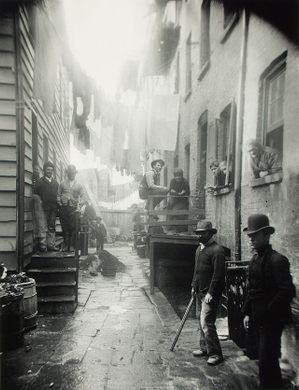
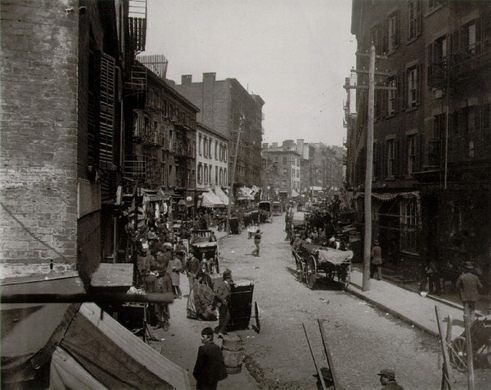



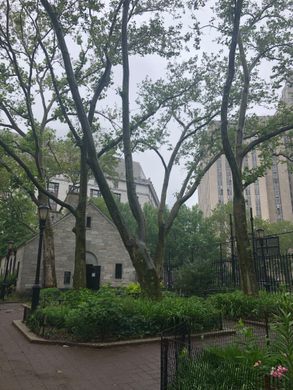
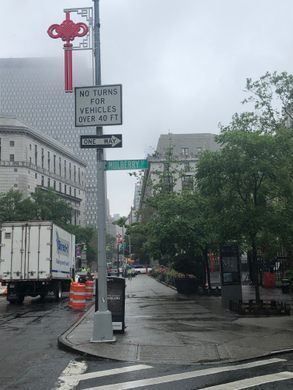






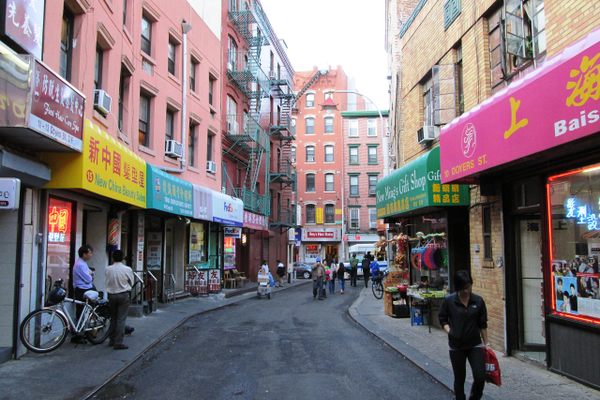


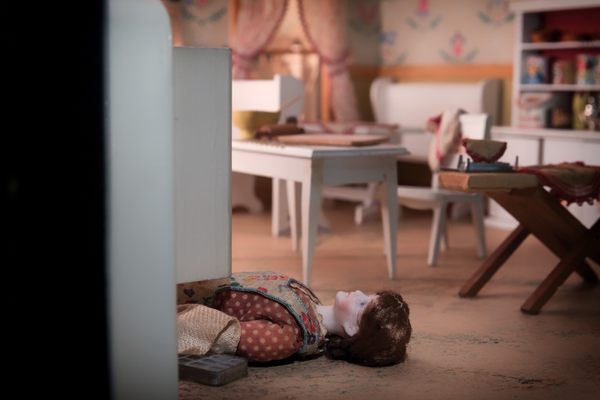




Follow us on Twitter to get the latest on the world's hidden wonders.
Like us on Facebook to get the latest on the world's hidden wonders.
Follow us on Twitter Like us on Facebook